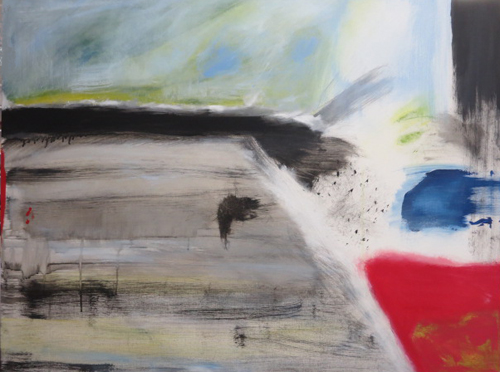Every language has a word for three colors: black, white and what would you think? Yellow, mauve, turquoise, chartreuse, magenta, grey, beige, orange, purple? Nope, RED. Oh, of course, you say.
There are languages that lump all other colors into one word, something like “colorful.”
Why would we single out the color red above all others? Look at strawberries, apples, cherries. The color red evolved in nature, in fruit specifically, simultaneously with our love of sweetness. Ripe fruit tends to be red and sweet. Think strawberry. Our evolved taste buds longing for sweetness—and, therefore, red—lead us to eat the strawberry. It’s the strawberry’s way of spreading its seeds and thereby assuring its proliferation.
But we think red is important because it satisfies our craving for sweetness. The red fruit is a source of nourishment and calories to burn and therefore is important for our survival.
It’s not that your mouth is watering when you see red in a painting. The association is more subtle. Red is deeply connected to survival. So, red has gravitas.
Test other colors for gravitas:
Not so much, wouldn’t you agree.
Again, this exercise in seeing is brought to you courtesy Adobe Photoshop.
All contents copyright (C) 2010 Katherine Hilden. All rights reserved.
http://katherinehilden.wordpress.com














